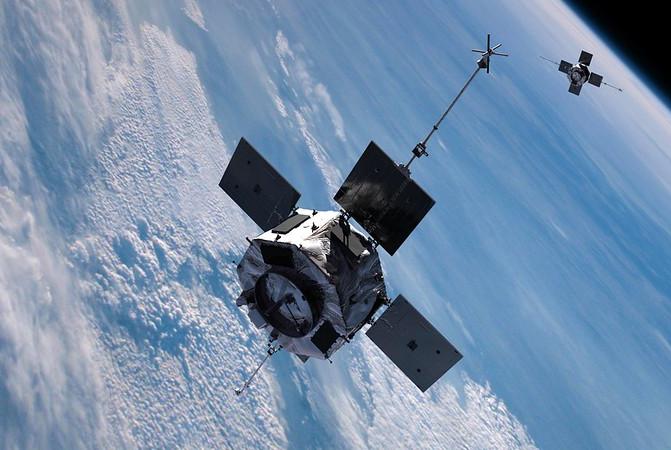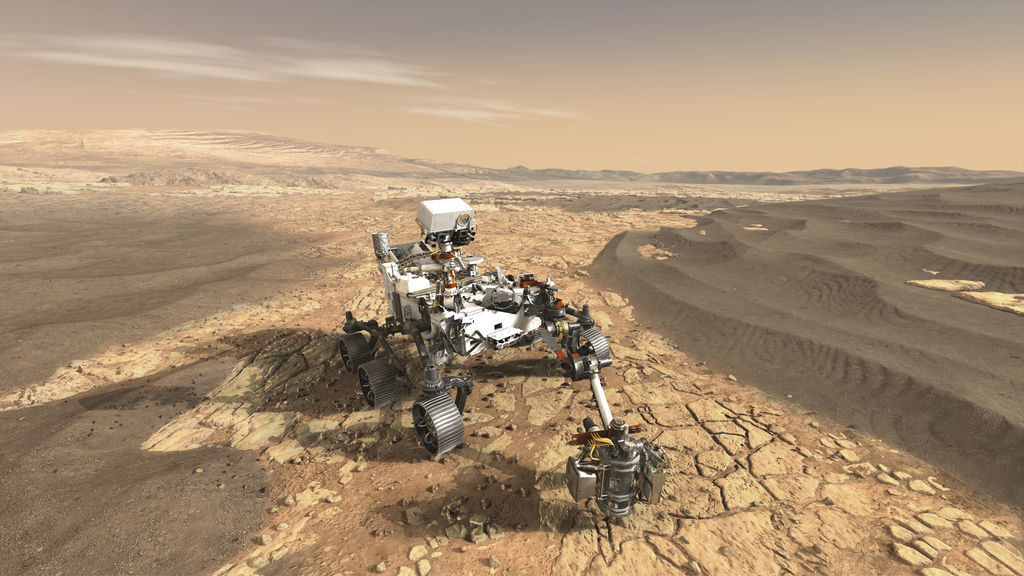American private aerospace company Tethers Unlimited has come up with a unique solution to minimize space debris. The company has demonstrated a technique to pull down dead satellites. This means when a satellite completes its mission and is of no use, it can be brought back. The company recently demonstrated the technique successfully. It involves a 230-feet long strip of conductive tape. It is called the Terminator Tape, a small module about the size of a notebook. It weighs less than two pounds. The module can be attached to the exterior of a satellite by deploying conductive tape via an electric signal. The signal can be generated from either the satellite or an independent timer unit.
According to the Seattle headquartered company, the tape has been designed to interact with the space environment. It creates a drag force on the satellite which is ready to get disposed. This way, it helps to lower the satellite’s orbit much faster than if left abandoned in orbit. The statement said Terminator Tape is a lightweight and affordable technique that can be used to clear space debris. While testing the system, the company attached an automated timer unit of the module to the Porx-1 satellite. The satellite was launched in June 2019 aboard the SpaceX Falcon Heavy rocket from Kennedy Space Center. As planned, the timer unit commanded the module to deploy after three months. Researchers observed that the satellite began de-orbiting immediately at least 24 times faster.
Satellites are being launched into space briskly. After satellites complete their missions, they are declared dead and abandoned in orbit, crowding the area around the Earth. The issue of dead satellites is gradually becoming a grave concern for scientists as decomposed satellites don’t fall back into the Earth’s atmosphere. These satellites make future missions difficult and riskier. The latest solution demonstrated by Tethers Unlimited will help to tackle the problem as it will pull down dead satellites. Tethers Unlimited was founded in 1994. It conducts research and develops new technologies and products for space, sea, and air.

